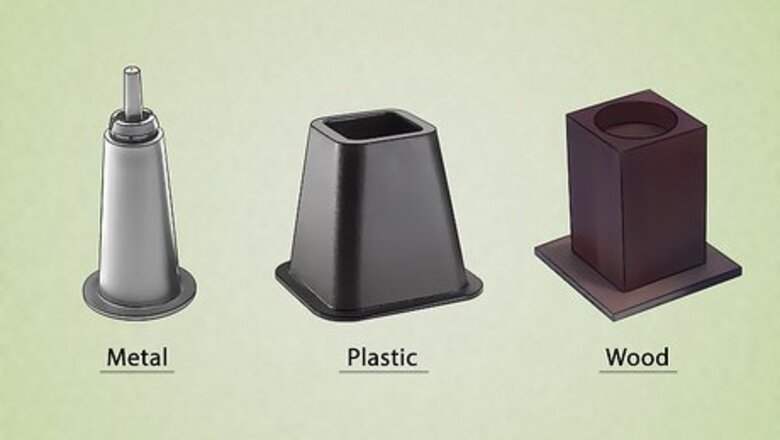
views
Purchasing Bed Risers
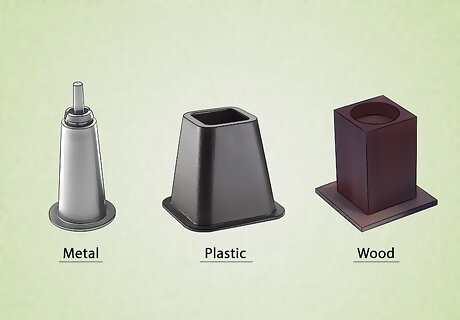
Decide between metal, plastic, and wood bed risers. These are the three main materials that you can buy risers in. Plastic is generally the cheapest, but it might not be as durable. Metal risers and wooden risers both hold a lot of weight and will last. Wooden ones are usually more attractive but may also cost more.
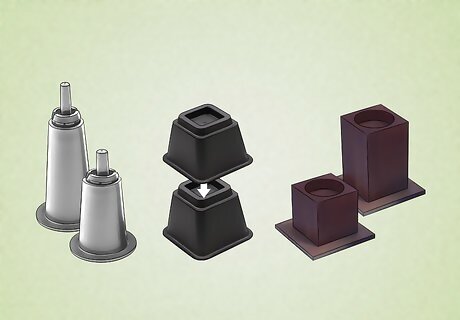
Choose risers that will add the height you want. Risers come in a variety of sizes, usually ranging between 1 inch (2.5 cm) and 12 inches (30 cm). Use measuring tape to determine how much height you want to add to your bed in inches or centimeters. Pick the risers that will give your bed the exact extra lift you want. Some plastic risers can stack on top of each other, which can allow you to customize the height you add if you aren’t finding risers in the exact size you want.
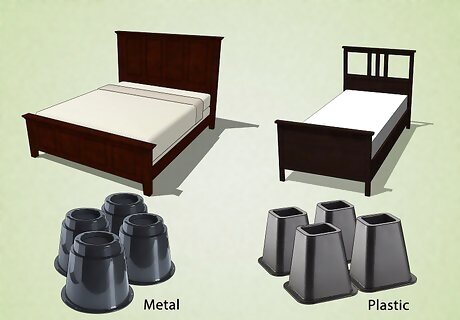
Get risers that can support the weight of your bed. The packaging should tell you how much weight a riser can support. Remember to add your own weight and the weight of anyone else you might share your bed with to the weight of the mattress. The larger your mattress, the more durable you will want your risers to be. A set of four bed risers often claims to support over 1,000 pounds (450 kg). So in most cases it should not be difficult to find risers that will work for your bed.
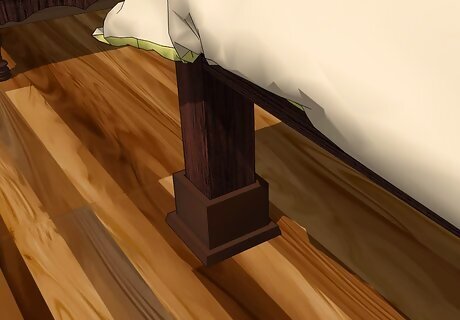
Pick risers that will match your room if you will leave them exposed. It’s easy to conceal risers with a bed skirt or long sheets. But if you aren’t going to cover them, make sure you like how they look. Many bed risers are neutral colors that match their surroundings easily. If you want to add an accent color to your room, you can also find risers in brighter shades, like pink, red, and yellow .
Making Your Own Bed Risers
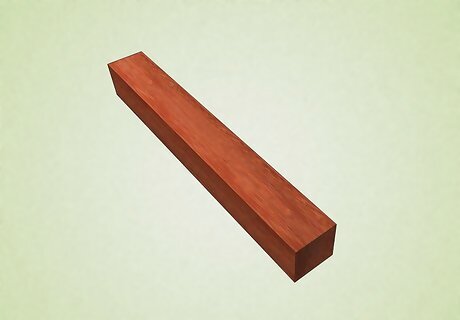
Get four wooden blocks. You can also turn making bed risers into your next DIY project. The easiest and most reliable material to use is wood. Cedar blocks can work particularly well and look nice in your room. You can purchase wooden blocks from many home supply stores, like Home Depot or Lowes.
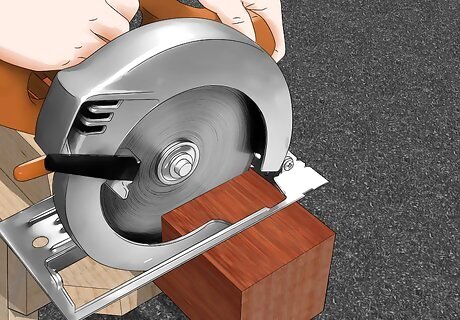
Saw your blocks to an equal height. Decide how high you want to raise your bed and make sure each one of your risers comes to that height. Saw at the end you want to use as the top of the riser. That way, if you accidentally saw unevenly, the more level side of the block will be able to sit against the floor. When buying wood, ask the retailer to make the blocks the same height for you. They should be able to do it precisely with a power saw if you don’t have one.
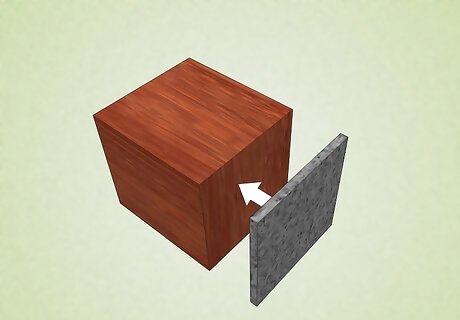
Attach felt to the bottoms of your risers. Felt patches will prevent your bed risers from scratching your floor. Simply apply glue to the back of the felt and secure it onto the bottom of your risers.
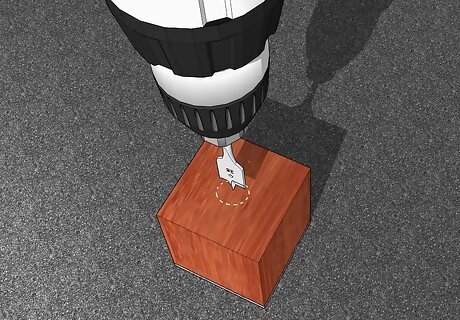
Drill a ⁄2 inch (1.3 cm) to ⁄4 inch (1.9 cm) indent to secure the bedposts. Measure your bedposts to determine how wide they are at the bottom. Then choose a drill bit that can make a small indent in the top of your riser that your bedpost will fit snugly into. This will help hold your bedpost in place and keep your bed frame stable and secure.
Putting on Bed Risers

Get a friend or family member to help you. You will need to lift both your mattress and your bedframe to put on your new risers. Having someone to help you will make the whole process much easier and safer.

Remove the mattress from the bed frame. With your helper, lift the mattress and place it somewhere out of the way. Rest it against a wall to make it easier to lift back up and put on the bed frame when you’re done.
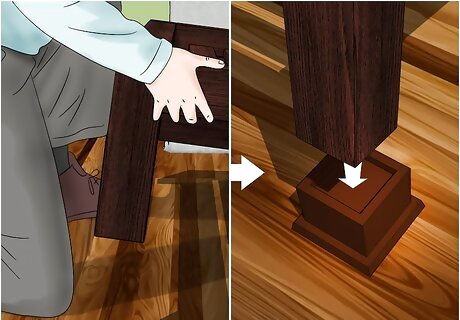
Lift a corner of the frame and guide the bedpost into the riser. Divide these two jobs between you and your helper. Once the bedpost is lined up with the hole or indent in the top of the riser, gently lower the bed frame. Check to make sure the bedpost is firmly in place.

Repeat for all four posts of the bed. Once this process is over, gently shake your bedframe to make sure it is secure. Make sure that none of the risers holds its bedpost insecurely, as this could cause your bed frame to fall.
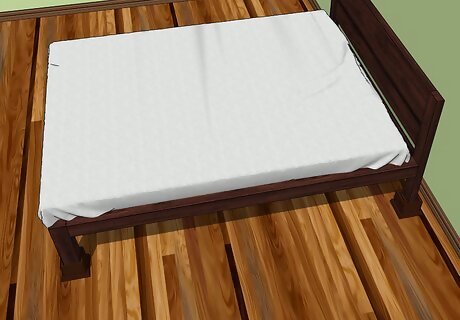
Put your mattress back on the bed frame. Make sure the risers still seem secure with the weight of the mattress on them. If they are, your newly raised bed should be ready to sleep on. Use the extra space under the bed frame for storage, or simply enjoy having your mattress higher off the ground.
















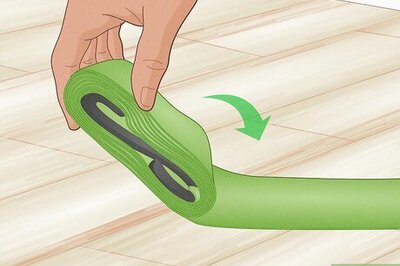


Comments
0 comment